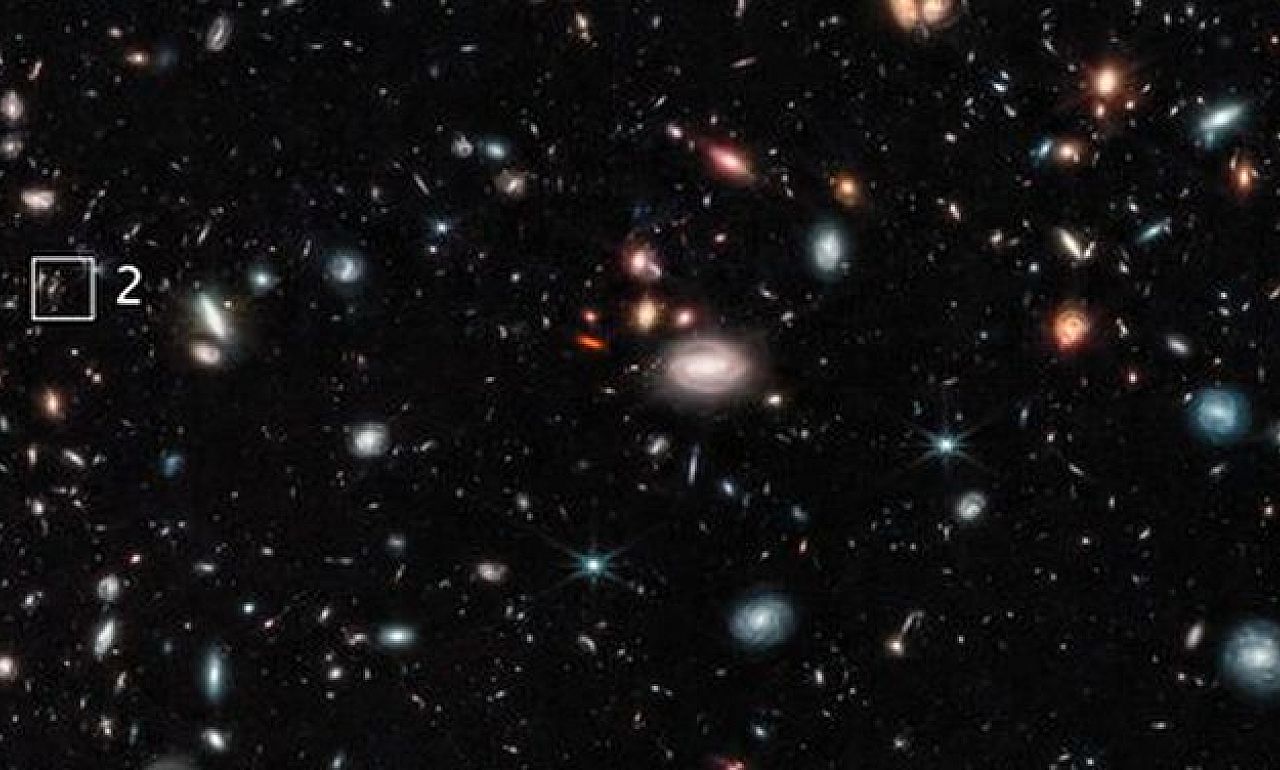The European Space Agency recently released an image taken by the James Webb Space Telescope Brought to the public, which can essentially rewrite what we think about the history and initial stage of our universe. In the new image, you can see the galaxies formed earlier than anything known to date, barely 100 million years after the Big Bang.
If all that wasn’t enough, the galaxies will also be much brighter than scientists would have expected from such early formations. Paola Santini, an ESA researcher, commented on the discovery.
The big surprise is that both of the observed galaxies are much brighter than the researchers thought. Among other things, it is also because they were caught relatively early, within a few days after Webb’s live run. The latter also means that even the oldest galaxies—only the faintest ones—may be hiding in the depths of space, which Webb would only be able to observe over a longer period of time.
“We managed to find something amazingly amazing. These galaxies were supposed to start coming together only 100 million years after the Big Bang. No one expected that.” [az Univerzum] “Its dark age could have ended much sooner,” said Garth Illingworth, another researcher.
The astronomers concluded from this discovery that the mass of the first galaxies in the universe may have been much larger than previously thought, and they may have contained more stars than expected. Another possibility is that stars formed at that time were of a very different nature than their counterparts created later – and because of this they could shine much more brightly.
Webb’s additional images will explain what condition is present and what may be behind this phenomenon.












































